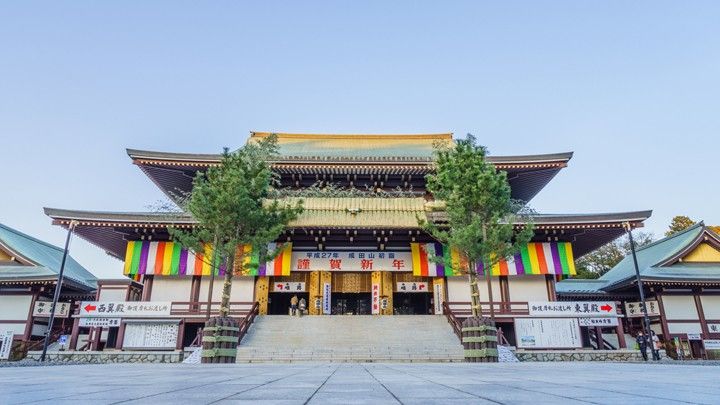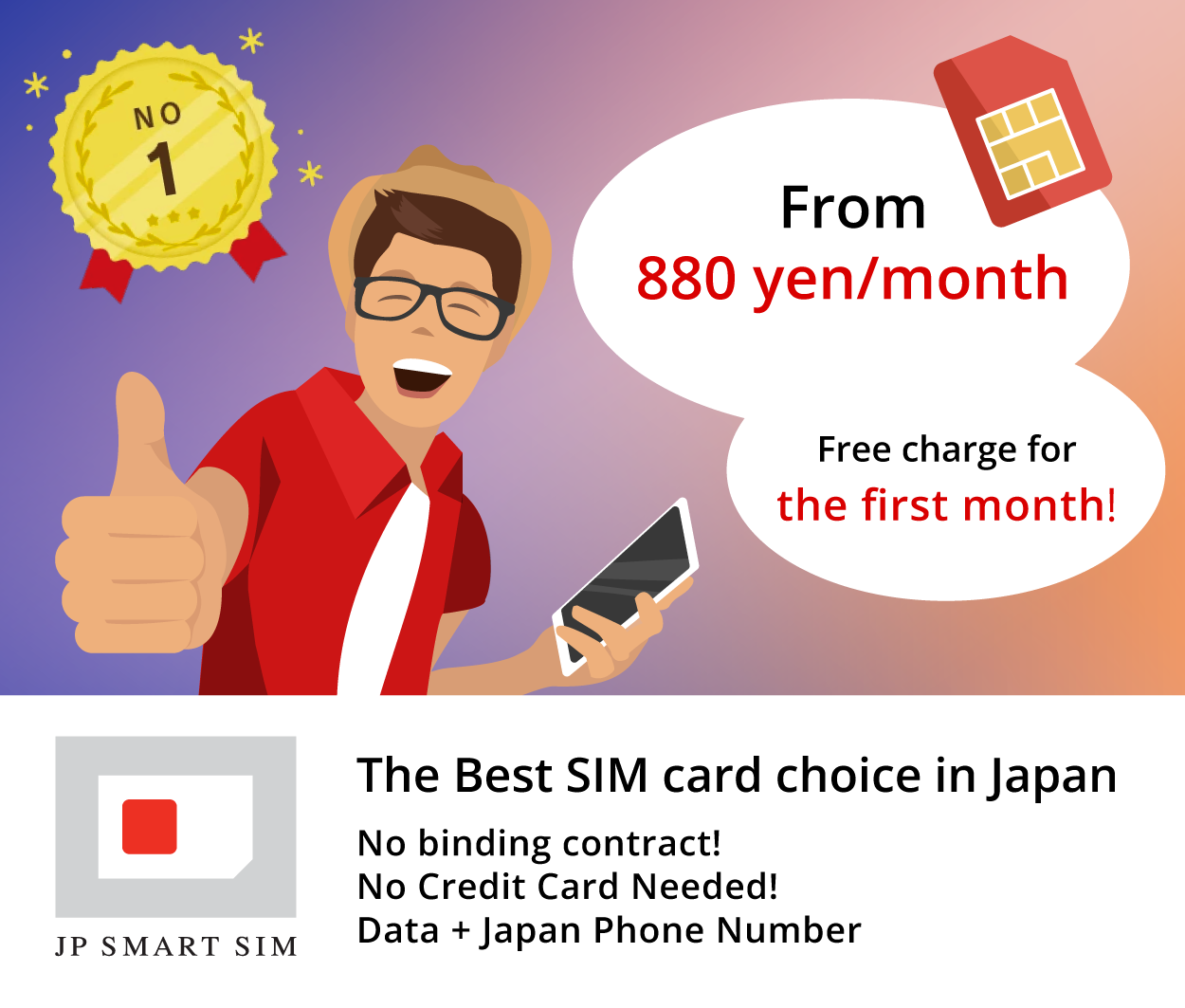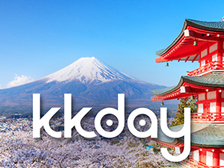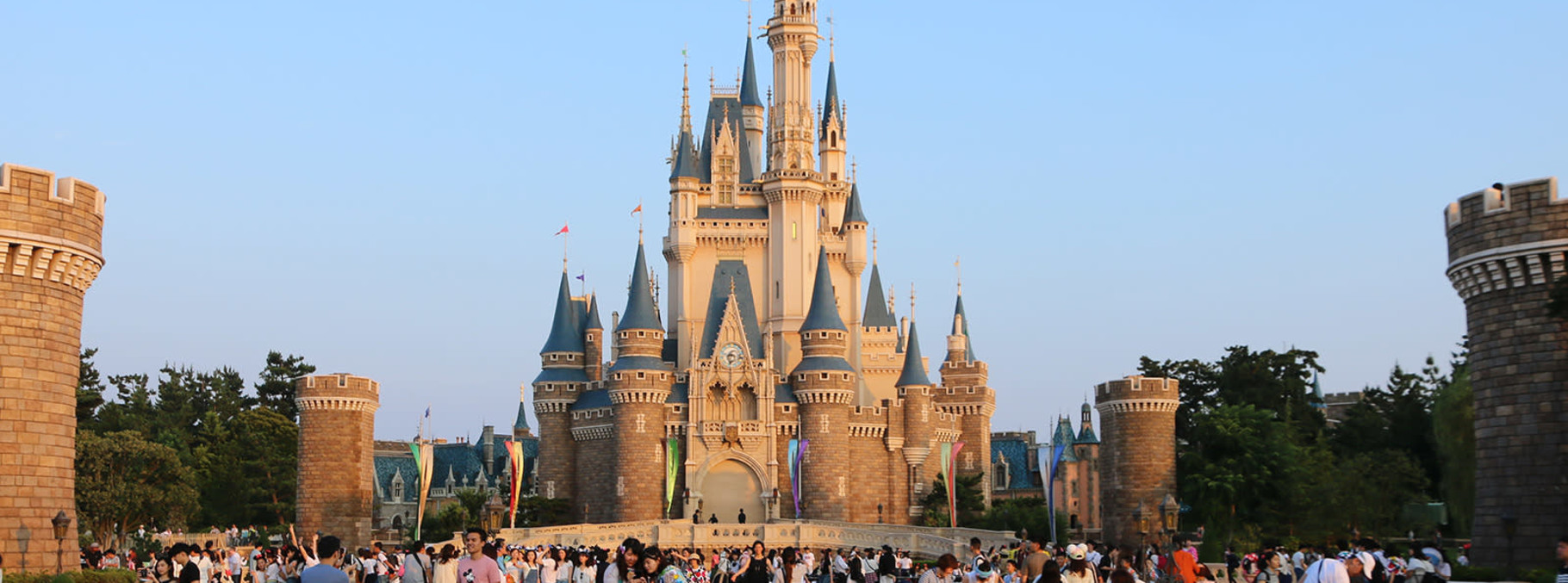Naritasan Shinshoji


(Source: なめ/PIXTA)
Very colorful "Three-story Pagoda"
This colorful and extravagant Three-story Pagoda is chosen as important cultural property. You might think it is recently built because of how bright it is. It is, in fact, built at the beginning of the 18th century. Inside the tower, it enshrines five wisdom Buddhas. On the outside of the tower, "Jyuroku-rakan" is sculpted.

(Source: なめ/PIXTA)
Place offering frames and ema at "Gakudo Hall"
Built at the end of the Edo period, Gakudo Hall is a building where visitors place offering frames and ema (picture tablet). It is a building where you can learn about beliefs of common people in the modern era. On the frame, names and names of stores are inscribed. Frames and ema in different shapes look like art works.

(Source: 東京凸凹ラビリンス徘徊記by電チャリ Ⅱ)
Get a blessing by turning "Issai-Kyozo"
In the hall, Issai-Kyozo with plenty of Buddhist scriptures is located. If you turn it around, it means that you have the same virtuous deed as reading an entire long sutra. Since it has been protected as a cultural property now, you can't turn it around. Even so, you can still see how big it is.

(Source: ロマ/PIXTA)

(Source: なめ/PIXTA)
Very colorful "Three-story Pagoda"
This colorful and extravagant Three-story Pagoda is chosen as important cultural property. You might think it is recently built because of how bright it is. It is, in fact, built at the beginning of the 18th century. Inside the tower, it enshrines five wisdom Buddhas. On the outside of the tower, "Jyuroku-rakan" is sculpted.

(Source: なめ/PIXTA)
Place offering frames and ema at "Gakudo Hall"
Built at the end of the Edo period, Gakudo Hall is a building where visitors place offering frames and ema (picture tablet). It is a building where you can learn about beliefs of common people in the modern era. On the frame, names and names of stores are inscribed. Frames and ema in different shapes look like art works.

(Source: 東京凸凹ラビリンス徘徊記by電チャリ Ⅱ)
Get a blessing by turning "Issai-Kyozo"
In the hall, Issai-Kyozo with plenty of Buddhist scriptures is located. If you turn it around, it means that you have the same virtuous deed as reading an entire long sutra. Since it has been protected as a cultural property now, you can't turn it around. Even so, you can still see how big it is.

(Source: ロマ/PIXTA)






